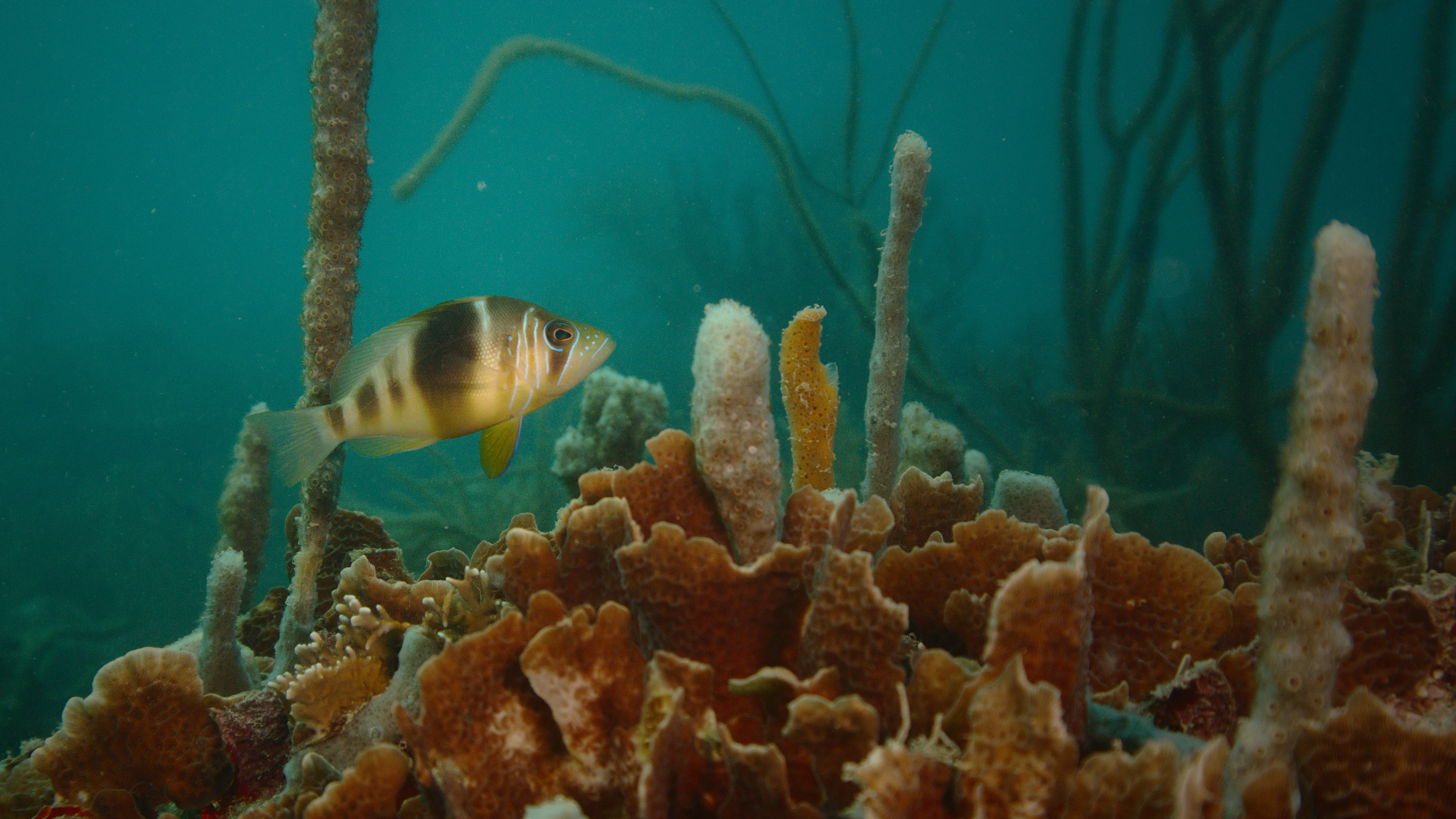Inter-chromosomal coupling between vision and pigmentation genes during genomic divergence

New Publication: At last, the genome is published…
Authors: K. Hench, M. Vargas, M. Höppner, W. O. McMillan & O. Puebla
Journal: Nature Ecology & Evolution
Abstract: (access from publisher)
Recombination between loci underlying mate choice and ecological traits is a major evolutionary force acting against speciation with gene flow. Thus, the evolution of linkage disequilibrium between such loci is a fundamental step in the origin of species. Here, we show that this process can take place in the absence of physical linkage in the hamlets, a group of closely related reef fishes from the wider Caribbean that differ essentially in colour pattern and are reproductively isolated through strong visually-based assortative mating.
Using full-genome analysis, we identify four narrow genomic intervals that are consistently differentiated among sympatric species in a backdrop of extremely low genomic divergence. These four intervals include genes involved in pigmentation (sox10), axial patterning (hoxc13a), photoreceptor development (casz1) and visual sensitivity (SWS and LWS opsins) that develop islands of long-distance and inter-chromosomal linkage disequilibrium as species diverge. The relatively simple genomic architecture of species differences facilitates the evolution of linkage disequilibrium in the presence of gene flow.
References
Hench, Kosmas, Marta Vargas, Marc P Höppner, W Owen McMillan, and Oscar Puebla. 2019. “Inter-chromosomal coupling between vision and pigmentation genes during genomic divergence.” Nature Ecology & Evolution 3 (4): 657–67. https://doi.org/10.1038/s41559-019-0814-5.